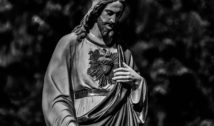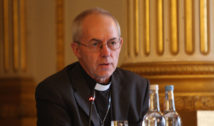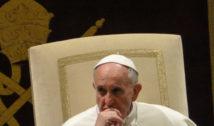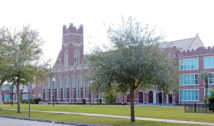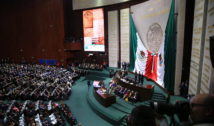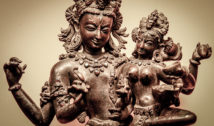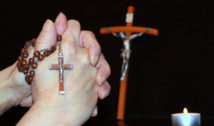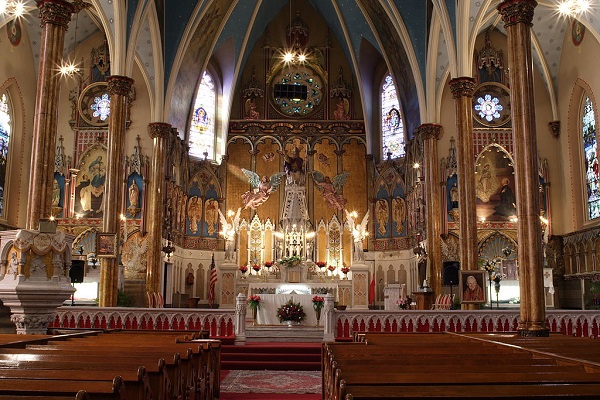
Catholicism on its Way to Being Most Popular Religion in Scotland
- By Kelly Frazier --
- 28 Oct 2017 --

Irish migration seemingly played a vital role in the religion’s popularity.
The Scottish Household Survey has produced data which says that the Catholic faith may become the biggest religion in Scotland[/tweetit] in seven years. More than 10,000 people took part in the yearly study conducted by the Scottish Government. The study was made to provide a view of Scottish demographics. A specific question on the religious upbringing surfaced in 2009 within this study. The data in 2016 revealed that 51 percent of the surveyed Scots admitted not adhering to any specific religion.
Catholicism on its Way to Being Most Popular Religion in Scotland[/tweetthis]
Roman Catholicism is followed by 14 percent of adult Scots. The most popular religion continues to be the Church of Scotland followed by about 24 percent of the surveyed population. The present-day figures can be compared to those in 2009. At that time, Catholics in Scotland constituted about 15 percent of the population. The Church of Scotland members made up 34 percent. The Catholic Observer analyzed the numbers and reported that if these trends go on, with the Catholic population remaining steady and Church of Scotland members declining at the same rate, the number of Scottish Catholics will be more in 2024. The Catholic Observer described the slight decline in Catholic numbers as “statistically insignificant.”
Sir Tom Devine, the eminent historian, has a theory for this phenomenon where the Catholic Church has bled less than the Church of Scotland. His theory is that Catholicism has a social identity connected with the Irish migrants. It has to be mentioned that people claiming to have no religion have also climbed in numbers. People with no religion constitutes more than 50 percent of the population.
Sir Tom, himself a Catholic, explained the events in terms of the Irish migration into Scotland during the 19th century and also in the 20th century. Catholicism has more than a spiritual function in such circumstances. It also served a social identity marker. This may have the effect of reduction of rate declines. The historian termed it cultural Catholicism. People could be a little more agnostic compared to faithful. These people continue to stay in their faith as they believe it constitutes a part of their cultural identity and social identity as well. The Church of Scotland does not enjoy this advantage.
Sir Tom admitted that Church of Scotland was one of the few pillars of Scottish establishment for centuries. He said the church played an important role during the 18th, 19th, and 20th centuries.



